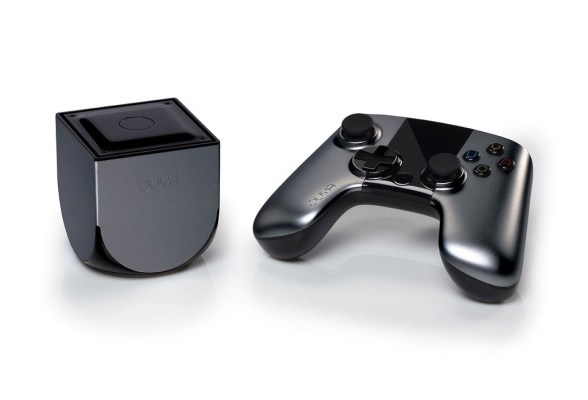The OUYA Android-based gaming console will get hardware refreshes on an annual basis, founder and CEO Julie Uhrman revealed in an interview with Engadget. Uhrman was at DICE, an annual summit that focuses on video games, where she also announced new game publisher partners for the OUYA platform. The refresh cycle will more closely resemble those of smartphones than those of traditional consoles, which generally enjoy multi-year lifespans extending into double digits.
“There will be a new OUYA every year. There will be an OUYA 2 and an OUYA 3,” Uhrman told Engadget in an interview. That’s a pretty bold declaration of intent from a company that, while immensely successful in their Kickstarter crowdfunding campaign, has yet to actually ship production-ready OUYA 1 devices out to the general public, though they have already secured retail partners.
There are a few reasons why current big name consoles have the long life that they do. A lot of money goes into their initial development, for one, meaning that manufacturers like Sony and Microsoft often sell them at a loss for years before they begin to turn a profit on hardware. And there are advantages to this model for the consumer, too: Users don’t have to worry about their hardware and software library becoming obsolete all that quickly when you’ve got a dependable, multi-year upgrade cycle.
Uhrman explains that all games on OUYA will be backwards compatible, at least in so far as they’ll be tied to user accounts independent of hardware, rather than linked to hardware itself. All-digital delivery means that this is easier to accomplish, since there’s no messy business like disc formats to worry about.
Plans for future versions of the console include faster processors, and potentially expanding storage beyond the current 8 GB included. At CES this year, Qualcomm and Nvidia both unveiled next-gen processors, so those are likely candidates for future updates, since the emphasis will be on eking out as much graphics performance as possible from the diminutive OUYA box. The current generation OUYA, when it ships, will have a Tegra 3 on board running at 1.6GHz, which should serve it well, at least compared to current generation smartphones.
While it’s somewhat refreshing to see a consumer electronics maker talk in concrete terms about their future product pipeline, you have to wonder whether or not it’s the right move. Uhrman is now essentially committed to an annual update cycle, which puts pressure on the company to deliver that going forward, and which also means consumers are well aware that if they just wait a little while, they can get hardware with better specs. Plus, if the market turns out to be competitive, there’s no mystery about what your upgrade strategy is for potential rivals.
It’s not necessarily surprising that OUYA wants to update annually; the platform they’re creating is well-suited to a frequent update cycle, and that could be one good way to make inroads against the major players, which remain relatively constant for around a decade. But whatever the company’s plans at this point, it still has to ship and then win over consumers before it can put any of them into action.
